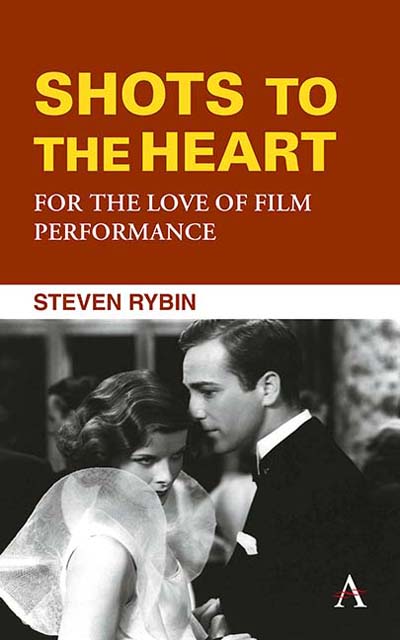8 - A Glint of Deathlessness
Published online by Cambridge University Press: 10 January 2023
Summary
I always felt that picture [They All Laughed] would never really work until everyone in the picture was dead, and then it would sort of become neutral again.
—Peter BogdanovichThe final third of this book looks at performances in two films directed by Peter Bogdanovich (1939–2022), They All Laughed (1981) and The Thing Called Love (1993). These films, I think, profitably resonate with many of the ideas about performance explored in the preceding pages. Just like many of the other films and performers discussed in this book, They All Laughed and The Thing Called Love have become central to the time I have spent experiencing and thinking about performance in the cinema. And a relatively objective reason for looking at these two films in this book can be found in Bogdanovich's own history as a filmmaker, critic, and actor. As a director, Bogdanovich practices a filmmaking style more classically actor-driven than the comparatively baroque cinema created by his contemporaries who emerged during the moment of the Hollywood Renaissance in the 1970s. Those directors, all of whom deploy a more stylized approach to filmmaking than Bogdanovich, include Martin Scorsese, Brian De Palma, William Friedkin, and Robert Altman, the latter of whom, while in many respects an actor's director, does not employ a self-effacing style. Bogdanovich, more than his colleagues, is a classical filmmaker, whose style is energized by the presence of performers with whom his camera is frequently smitten. Bogdanovich, further, was himself a part-time actor, trained in his youth by Stella Adler and has appeared from time to time in his own films—see Targets (1968) and Saint Jack (1979)—and in screen work written and directed by others (most notably a seven-year supporting run as the therapist to Tony Soprano in the cable series The Sopranos). His understanding of acting as a director is in this way at least partially the product of having done a little bit of it himself. As a critic and historian, Bogdanovich, although known for his auteur studies of John Ford and Allan Dwan, also has a sharp interest in the art of acting.
- Type
- Chapter
- Information
- Shots to the HeartFor the Love of Film Performance, pp. 47 - 50Publisher: Anthem PressPrint publication year: 2022

